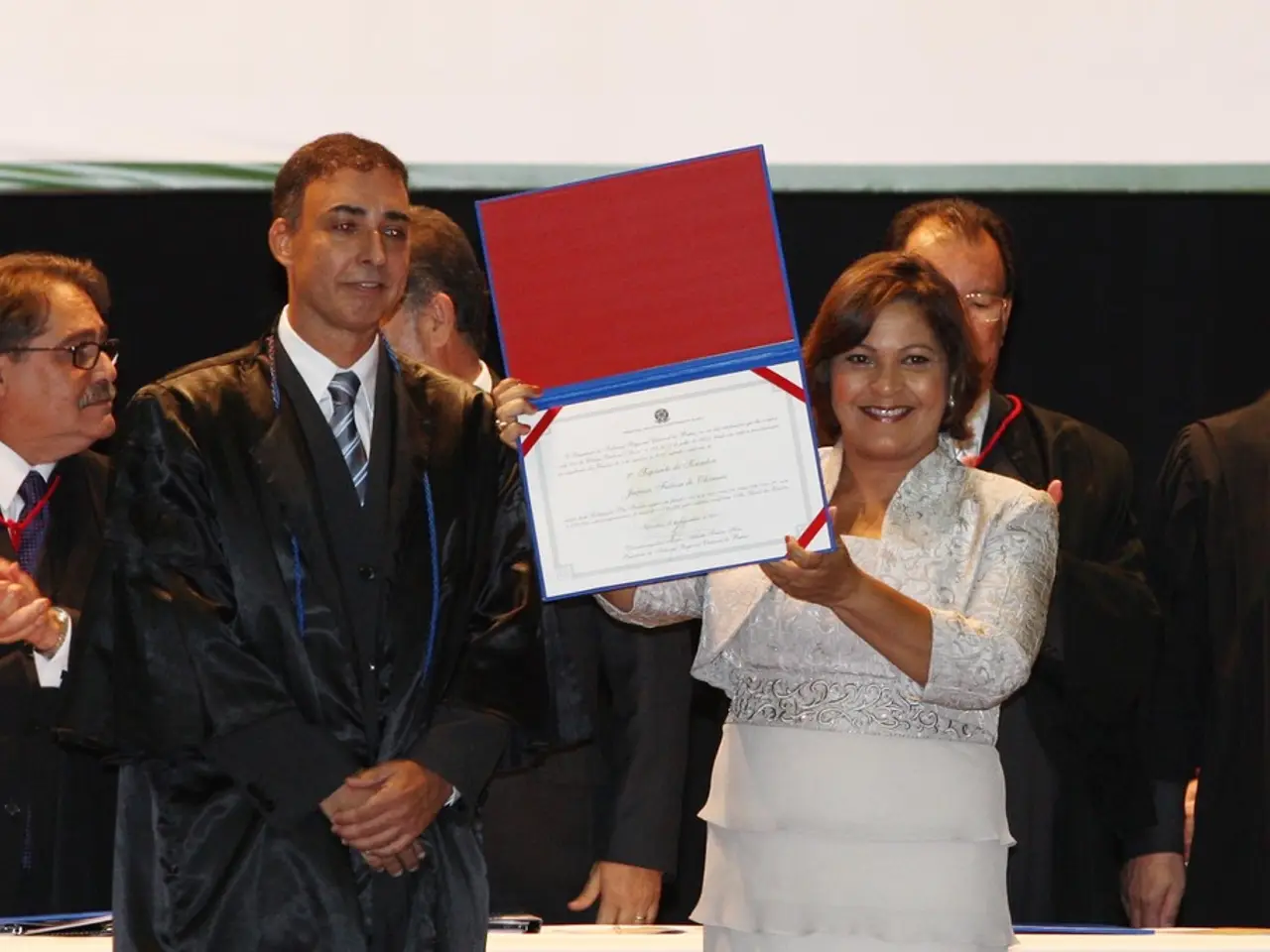Renaissance of French Cinema Movement
The French New Wave, or **Nouvelle Vague**, was a groundbreaking cinematic movement that originated in post-World War II France and significantly influenced several film movements globally. This cultural and intellectual transformation of cinema as a medium was marked by the emergence of innovative techniques, a rebellion against conventional storytelling, and a focus on real-life settings and social commentary.
Pivotal figures in this movement included Agnes Varda, who made "Cleo from 5 to 7" (1962), a masterful exploration of existential themes and femininity, and Jean-Luc Godard, whose "Breathless" (1960) remains a symbol of New Wave innovation, known for its unconventional cinematography and radical departure from classical storytelling.
The French New Wave was characterized by location shooting and the use of Parisian streets, cafes, and everyday spaces as backdrops. It also introduced innovative cinematography techniques, such as hand-held cameras, jump cuts, and unconventional framing. These techniques challenged established norms, encouraged individual artistic expression, and reshaped the language of cinema forever.
The movement was supported by the rise of government funding and support for the arts in France, including the establishment of the Centre National de la Cinematographie (CNC). This financial backing allowed filmmakers to experiment with new styles and themes, fostering a more dynamic and innovative film industry.
The French New Wave was not confined within France's borders. It influenced several film movements globally, encouraging a rebellion against conventional cinema and shaping a more innovative film industry.
One of the most significant influences was on the New Hollywood era. The New Hollywood movement was heavily inspired by the French New Wave's experimental techniques, such as handheld camera work and non-linear storytelling. This influence led to a shift in American cinema, moving away from traditional studio productions towards more personal and innovative storytelling.
The British New Wave shared similarities with the French movement, focusing on young protagonists and sociorealistic themes. Films like *A Taste of Honey* (1961) and *Saturday Night and Sunday Morning* (1960) showcased British societal issues with a similar rebellious spirit.
The Japanese New Wave, or *Nuberu Bāgu*, was influenced by the French movement's experimental nature and social commentary. Filmmakers like Nagisa Oshima and Shohei Imamura used innovative storytelling to address social and political issues in Japan.
The French New Wave's impact extended beyond filmmaking techniques and thematic approaches. It also led to technological advancements, such as the use of handheld cameras and location shooting, paving the way for more versatile and cost-effective filmmaking techniques globally.
The movement reinforced the concept of the *auteur*, emphasizing the director as the primary creative force behind a film. This idea has been influential worldwide, highlighting the director's role in shaping the narrative and aesthetic of films.
The French New Wave's success with low-budget, high-concept films also inspired independent filmmakers worldwide. This led to a proliferation of independent cinema, where filmmakers could produce innovative works outside traditional studio systems.
In conclusion, the French New Wave's impact on cinema is immeasurable. Its legacy can be seen in its influence on various countries, encouraging a rebellion against conventional cinema and shaping a more innovative film industry. The movement continues to inspire filmmakers and captivate audiences, reinvigorating cinema with each new generation of cinephiles.
The French New Wave's innovative techniques, such as hand-held cameras, jump cuts, and unconventional framing, significantly influenced the narrative structures seen in movies-and-tv productions, reflecting a broader shift towards more experimental storytelling.
The auteur theory, emphasizing the director as the primary creative force behind a film, gained prominence during the French New Wave, influencing the history of cinema on a global scale, including the New Hollywood era's focus on personal and innovative storytelling.
The French New Wave's impact extended beyond France, shaping various film movements worldwide, including the British New Wave, Japanese New Wave, and others, thereby revolutionizing entertainment as a whole by encouraging a rebellion against conventional cinema and fostering a more dynamic and innovative film industry.







